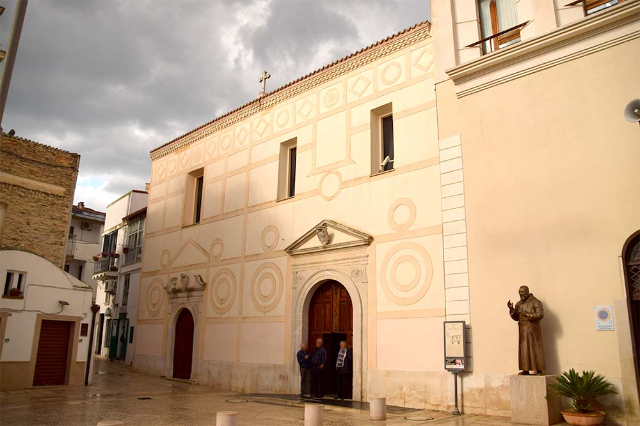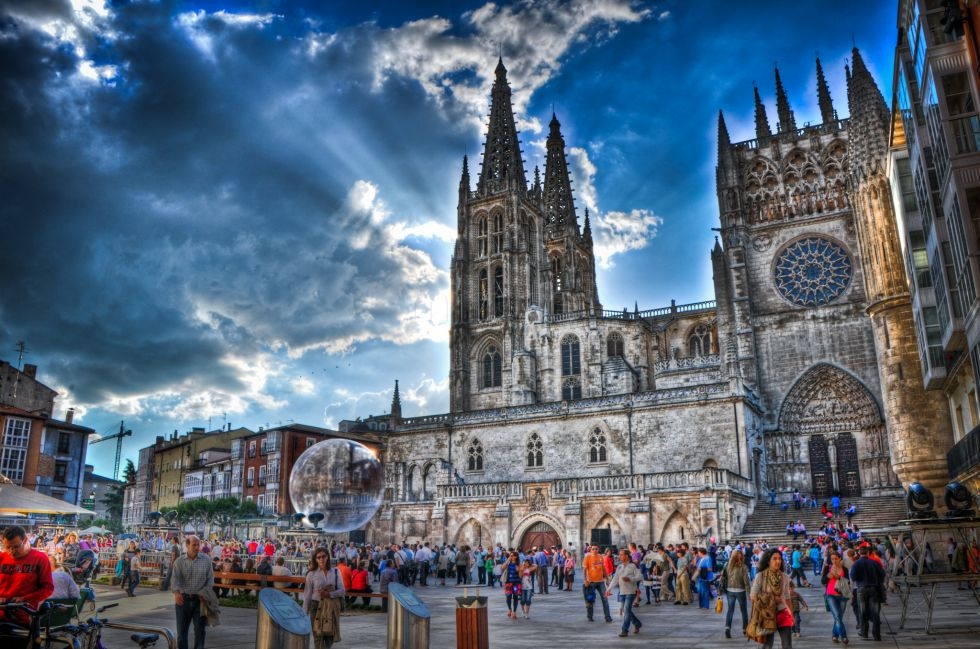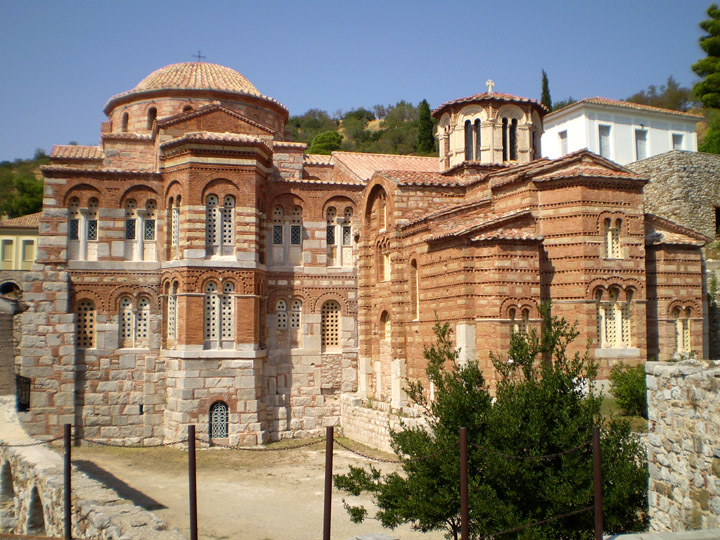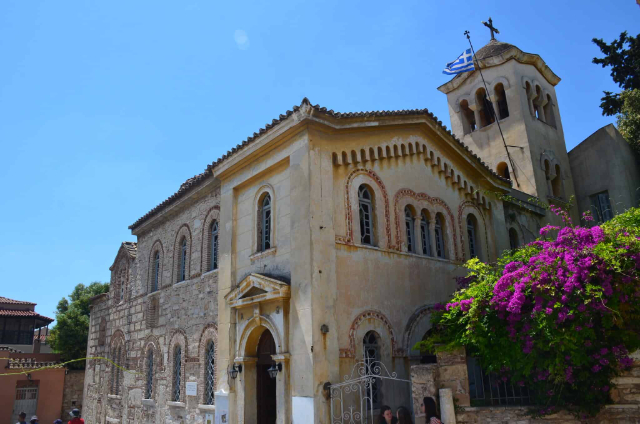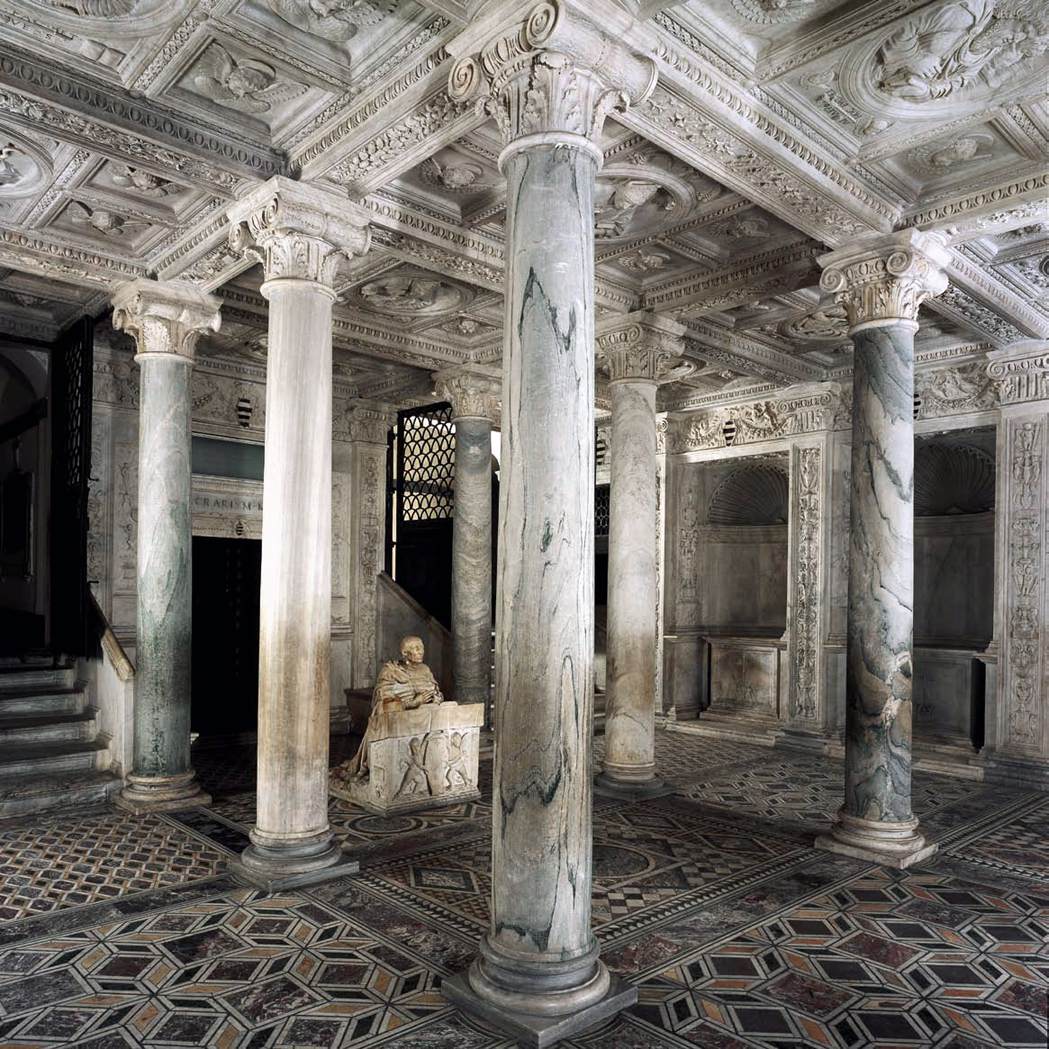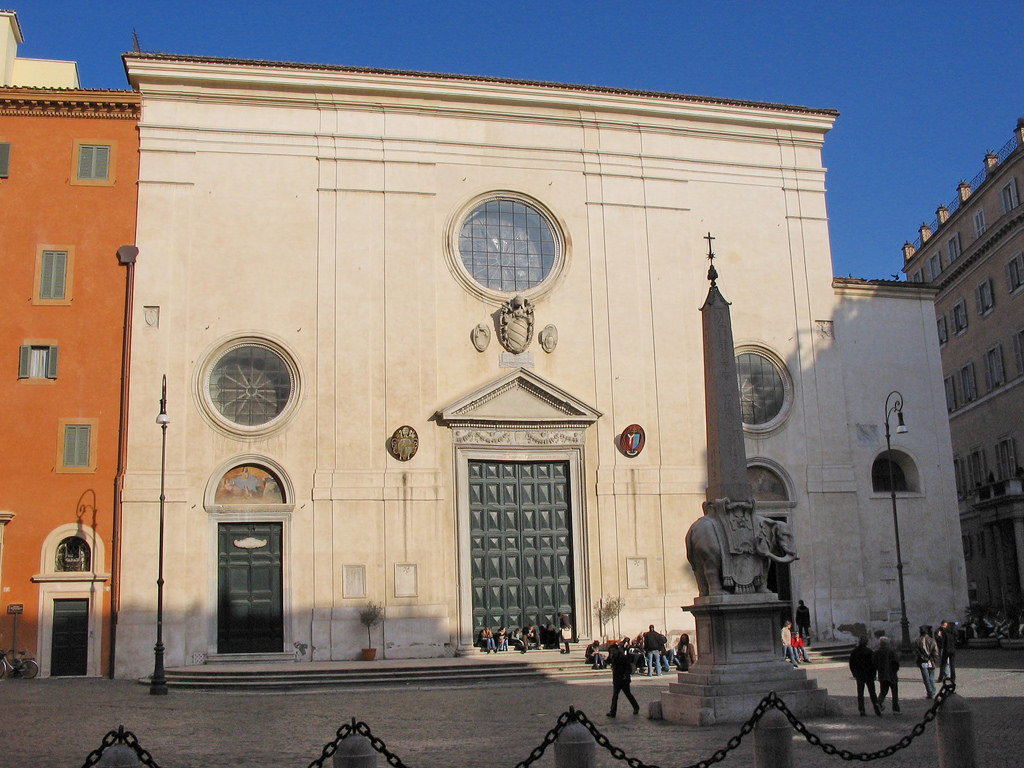The Church of San Antonio, originally called "Convent of Santa Maria delle Grazie," is one of the most important and ancient churches in the Pisticci area.The first core of the church dates back to 1460 AD, although the precise date is unknown. It is certain that the convent was founded outside the town walls, in an area called Pianoro di San Francesco, by Duke Antonio Francesco Tristano, a member of the powerful Sanseverino family, lord and feudatory of Pisticci. The convent was entrusted to the Friars Minor of the Order of Friars Minor Conventual – Province of Salerno-Lucania, subject to the jurisdiction of the Diocese of Acerenza.The first nucleus of the complex included an L-shaped building, typical of Franciscan architecture, which corresponds to the left wing of the present complex. Inside were a few cells and a cloister consisting of a garden and portico, as well as a refectory room. The original facade had numerous geometric decorations and an architectural and decorative structure typical of the Romantic-Florentine style, with an organic and unified design. The interior of the church consisted of a large vaulted nave and a side aisle on the right. The building materials were typical of the limited resources of the area, with irregular masonry, mixed bricks, and fine hard stone ornaments on the doors.A nave similar in size to the nave on the left side was probably added in the 18th century, which was then lowered. The De Cardenas’ coat of arms was carved on the door jambs and later that of the Franciscans on the main door. During the 18th century, the adjacent part of the cloister porch was incorporated along with the side chapels into the church.After the historical and political events of 1860 and the Mancini Decree of 1861, the entire monastic complex, along with other church property, was confiscated by the new unified state and the friars were removed. The church was officiated by the secular clergy, but in 1866, following Article 5 of Law No. 794/1862, the monastery was ceded to the municipality of Pisticci for public purposes and converted into municipal offices, finance, and a courthouse. For a time it also housed a Carabinieri station. These abusive situations lasted until 1910, when Archbishop Monsignor Anselmo Pecci, during his first pastoral visit, harshly reprimanded the clergy and threatened to deconsecrate the church if such indignities continued. Archbishop Pecci initiated canonical practices for the transformation of the convent church into a parish.On July 25, 1948, the new Archbishop of Matera, Archbishop Vincenzo Cavalla, erected the new Parish of St. Anthony, and on November 27 of the same year he appointed priest Don Paolo D’Alessandro as parish priest. Don D’Alessandro had a series of restorations done, including the floor and plaster, and installed an artistic marble baptistery.The Church of St. Anthony has three naves and a chapel adjacent to the sacristy, where a Baroque-style altar dedicated to Our Lady of Grace, with a beautiful wooden statue, was built. The right aisle contains a beautiful crucifix and a faux-marble altar dedicated to Our Lady of Pompeii. In the large left nave, which is identical to the central nave, is a marble altar with an artistic wooden statue of the Sacred Heart. There are several other altars, including one dedicated to St. Anthony, one to St. Joseph, one to St. Doctors, and, in Baroque style, one dedicated to St. Roch and another to St. Paschal. On the columns of the nave are frescoed figures of Franciscan saints and saints of fair artistic value. In the lunette of the central arch are frescoes of the 40 Franciscan Martyrs.The church is enriched by numerous canvases and paintings that adorn the perimeter walls, constituting a mystical treasure of rare beauty and suave harmony. About 40 canvases by different authors, whose names are not known, but who belong to the same artistic school. Some canvases are works by Domenico Guarino and Ferri. A masterpiece not only of the church but of the whole area is the large canvas depicting the Immaculate Virgin Mary by Andrea Vaccaro. The technique used in most of the works present is oil on canvas, restored a few years ago by expert connoisseurs and professionals, and today returned to the church in their splendor.The bell tower was built in 1570 by Lord Diotaiuti, his wife and son.
